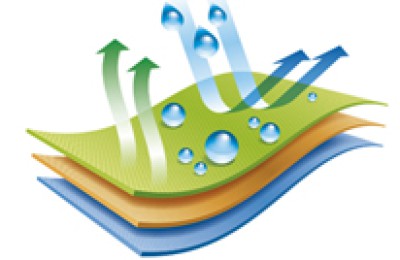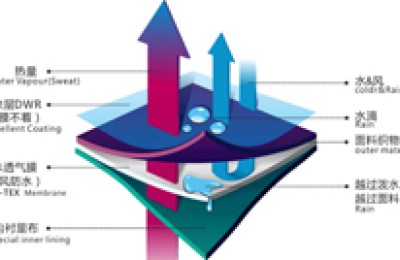Advantages of attracting investment
Rwanda’s investment attractiveness is mainly reflected in the following aspects: political stability, good social security, relatively clean government, and stable economic development. The government has formulated a series of policies to encourage foreign investment and opened up the telecommunications industry to foreign investment. Almost all industries including and many export preferential policies granted by other countries and international organizations. In 2010, China granted duty-free treatment to 60% of Rwanda’s products exported to China. Currently, most of Rwanda’s daily consumer goods need to be imported, and transportation is inconvenient and expensive. This means that there are many investment opportunities for small and medium-sized investors here; in addition, Rwanda has a pleasant climate and spring-like weather all year round, making it suitable for living and living.
Macroeconomics
In 2011, the proportion of GDP in Rwanda’s national economy was distributed as follows: agriculture accounted for 32%, industry accounted for 16%, service industry accounted for 46%, and tax adjustment accounted for 6%. Foreign direct investment amounted to US$173 million, accounting for 4% of GDP. Exports totaled US$454 million, accounting for 10.5% of GDP. Rwanda’s fiscal budget for the 2012/2013 fiscal year is: national fiscal expenditures are 1,378.4 billion rw (approximately US$2.3 billion), of which development expenditures account for 47.2%, transportation, energy, power and communication construction expenditures account for 23.3%, food security, Expenditures on environmental protection and trade and industrial development accounted for 17%. In 2000, the Rwandan government formulated the 2020 Vision Plan for the development of the entire country, with the goal of developing Rwanda into a middle-income country by 2020 (per capita income reaching US$900). By vigorously developing the information and communication industry, the entire country has transformed from an agricultural economy to a knowledge-based economy. The poverty rate has been reduced to 30%, and the average life expectancy has reached 55 years.
Bilateral trade and investment
On January 1, 2005, China granted zero-tariff special preferential treatment to 187 products originating in Rwanda exported to China; in 2007, the number of duty-free products increased to 442 products. In January 2010, China granted duty-free treatment to 60% of Rwanda’s exports to China. In 2011, the main categories of China’s exports to Rwanda included motors, electrical appliances, audio and video equipment and their spare parts (USD 33 million) and light textile products (USD 23 million). In 2011, the main categories of goods imported by China from Rwanda included tantalum niobium ore and concentrate (US$56 million), and tungsten ore and concentrate (US$22 million). According to incomplete statistics, as of the end of 2011, China’s investment in Rwanda was approximately US$30 million. There are more than 20 Chinese companies carrying out various businesses in Rwanda, distributed in communications, electronics, construction, infrastructure, digital TV and other fields; they are mainly engaged in road construction, construction, engineering consulting, communications, digital TV, mobile phone assembly and other business activities .
Production and Financing
Rwanda’s water tariff is based on a segmented charging system, and the price of water between 51 and 100 cubic meters is 540 Rwanda/cubic meter. Industrial electricity is subject to tiered electricity prices (104~140 francs/kWh). The average wage of ordinary laborers in Rwanda is 1,000 francs per day, and that of skilled workers is 3,000 francs per day. The minimum wage set by the government is Rwf30,000 per month. In terms of financing conditions, banks give equal treatment to foreign-funded enterprises and local Rwandan enterprises. However, the loan interest rate of commercial banks in Rwanda is very high. Corporate loans are usually short-term loans. In recent years, loan interest rates have been between 16% and 18%, and local banks lack experience in lending. In May 2012, the average loan interest rate of commercial banks in Rwanda was is 16.75%. Most banks have the following basic requirements for loan applicants: have start-up capital of more than 8% of the project investment; and be able to provide a corresponding proportion of guarantees, mortgages or pledges depending on the industry and specific circumstances of the project.




